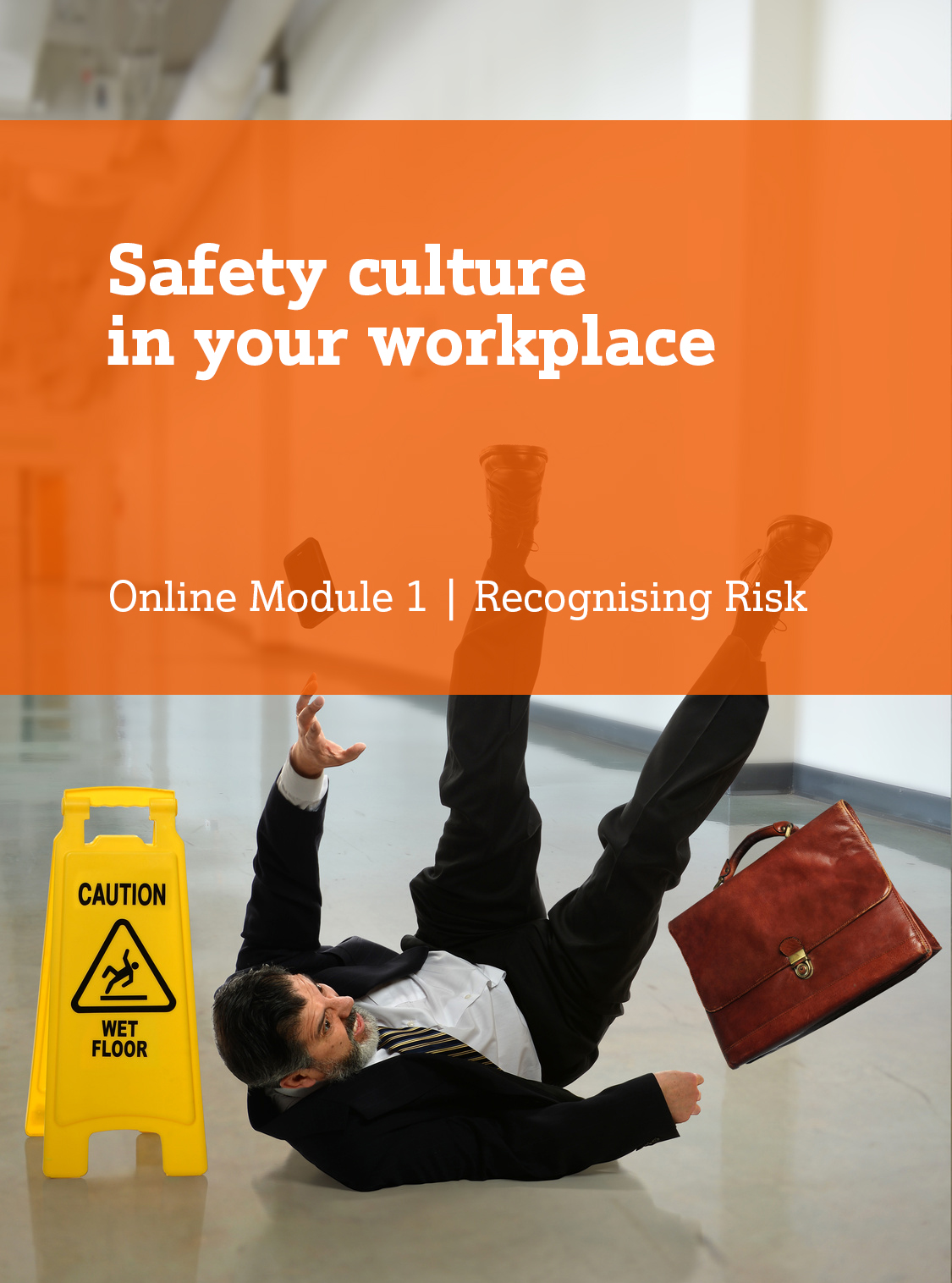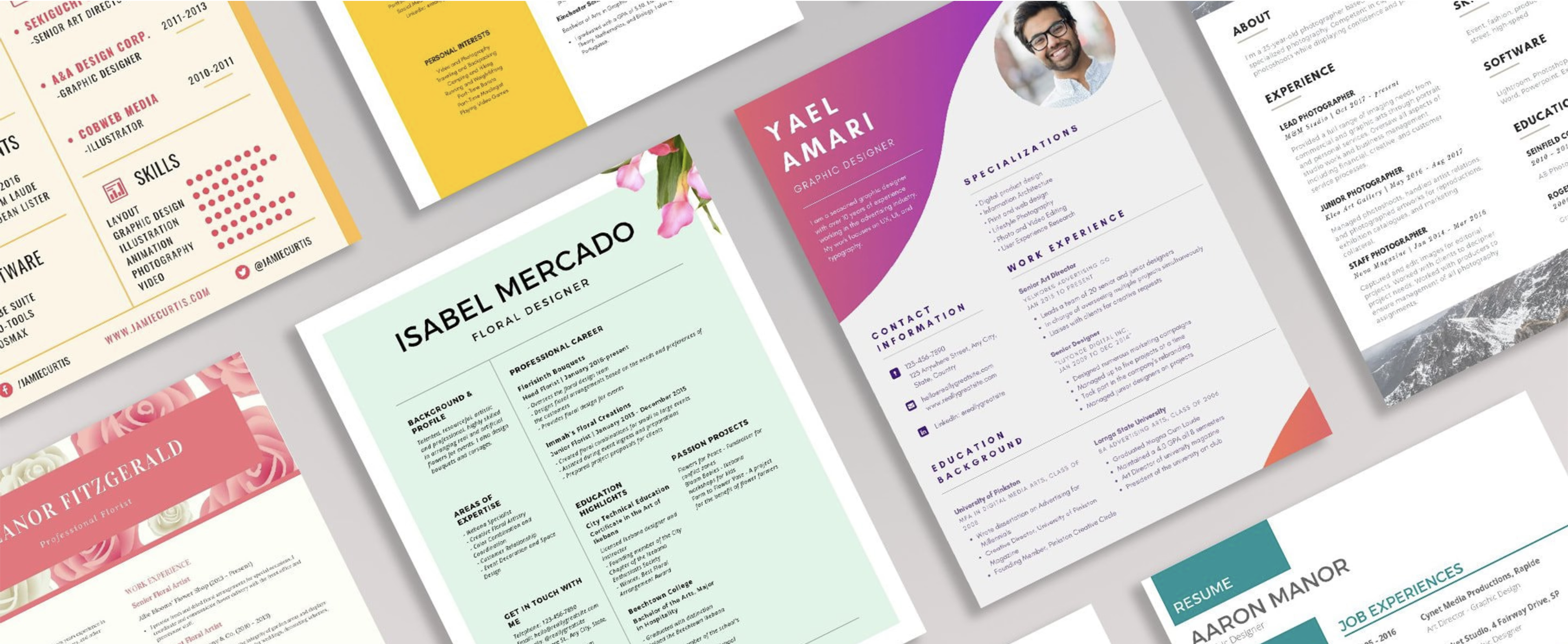VCE Vocational Major Literacy focuses on the development of the knowledge and skills required to be literate in Australia today.
The key knowledge and key skills encompass a student’s ability to interpret and create texts that have purpose, and are accurate and effective, with confidence and fluency.
Literacy
Unit 1

Literacy for Personal Use
Area of Study 1
Literacy for Personal Use focuses on the structures and features of a range of texts – print, visual and film – and the personal reasons readers may have for engaging with these texts.
- Students will read texts that serve a variety of purposes, from everyday content written to convey information, to texts written for specific workplaces or educational settings.
- Students will employ a variety of strategies to develop their understanding of the purpose and key ideas within the written and spoken language.
- They will extend their knowledge of the layout and format of a range of text types and use indexes, headings, subheadings, chapter titles and blurbs to locate and extract information.
Understanding and Creating Digital Texts
Area of Study 2
- Students build on and work to consolidate their digital literacy skills.
- Students will develop their capacity to critically assess digital texts, including webpages for vocational and workplace settings, podcasts and social media.
- Students will read, view and interact with different digital texts and participate in learning activities to develop their capacity to explore and discuss their impact.
- They will identify the ways a visitor encounters and experiences digital texts, considering their purpose and the social, cultural, vocational and workplace values associated with it.
- They will explore text through the prism of their own experience, knowledge, values and interests, and also those of others.
- As a part of this exploration of the digital world, students participate and engage in learning practices that will equip them to deal safely and respectfully with others in the digital and virtual world.
Literacy
Unit 2

Understanding Issues and Voices
Area of Study 1
This area of study engages students in issues that are characterised by disagreement or discussion, developing and expanding upon students’ learning from Unit 1.
- Students will consider the values and beliefs that underpin different perspectives and how these values create different biases and opinions, including thinking about how these issues might arise in particular vocational or workplace settings.
- Students will read, view and listen to a range of texts and content that demonstrate diverse opinions on a range of local and global issues, and which may impact on their community or be of particular concern to a vocational or workplace group.
- Students should consider the language and purpose of different text types and consider how this language is used to influence an audience.
- Students will engage with a range of content from print, visual, aural and multimodal sources.
- Students will discuss and explain how personal and vested interests, including those of particular vocations or workplaces, affect their own responses to an issue.
- Students will practise note-taking and responding to short-answer questions as well as formulating their own oral and written opinions.
Responding to Opinions
Area of Study 2
- Students practise their use of persuasive language and participate in discussion of issues, either in print, orally or via a digital platform.
- Students consider their own perspectives on issues and develop reasoned and logical responses to these discussions in a respectful and thoughtful manner.
- Students consider the arguments presented and critically analyse the language, evidence and logic of the arguments of others so that they can create their own response.
- In constructing their own responses, students select evidence that supports their viewpoint. Students learn to accurately reference and acknowledge the evidence they select.
- In developing their responses, students draft, revise, check and edit their writing to improve the clarity and meaning of their work.
Literacy
Unit 3

Accessing and Understanding Informational, Organisational and Procedural Texts
Area of Study 1
In this area of study students will become familiar with and develop confidence in understanding and accessing texts of an informational, organisational or procedural nature.
- These texts should reflect real-life situations encountered by students and be representative of the sorts of texts students will encounter in a vocational setting or workplace, or for their health and participation in the community.
- Students will learn to recognise, analyse and evaluate the structures and semantic elements of informational, organisational and procedural texts as well as discuss and analyse their purpose and audience.
- Students will develop their confidence to deal with a range of technical content that they will encounter throughout adulthood, such as safety reports, public health initiatives, tax forms and advice, contracts, promotional videos and vocational and workplace texts.
Creating and Responding to Organisational, Informational or Procedural Texts
Area of Study 2
- This area of study focuses on texts about an individual’s rights and responsibilities within organisations, workplaces and vocational groups.
- Students read and respond to a variety of technical content from a vocational, workplace or organisational setting of their choice, demonstrating understanding of how these texts inform and shape the organisations they interact with.
Literacy
Unit 4


Understanding and Engaging with Literacy for Advocacy
Area of Study 1
In this area of study students will investigate, analyse and create content for the advocacy of self, a product or a community group of the student’s choice, in a vocational or recreational setting.
- Students will research the differences between texts used for more formal or traditional types of advocacy, influence or promotion, as well as some of the forms that are increasingly being used in the digital domain for publicity and exposure.
- Students will consider which elements are important for creating a ‘brand’ (including personal branding) and how different texts, images, products and multimedia platforms work together to produce one, central message to influence an audience.
- Students will compare and contrast the ways in which same message can be presented through different platforms and participate in discussions that consider the effectiveness of these messages, considering their purpose and the social and workplace values associated with them.
- Students will read, discuss, analyse and create texts that influence or advocate for self, a product or a community group of the student’s choice.
Speaking to advise or to advocate
Area of Study 2
In this area of study students will use their knowledge and understanding of language, context and audience to complete an oral presentation that showcases their learning. The presentation needs to be developed in consultation with the teacher and should focus on an area of student interest with a clearly stated vocational or personal focus. Students are encouraged to connect this area of study to their learning in Unit 4 of either Work Related Skills or Personal Development Skills.

